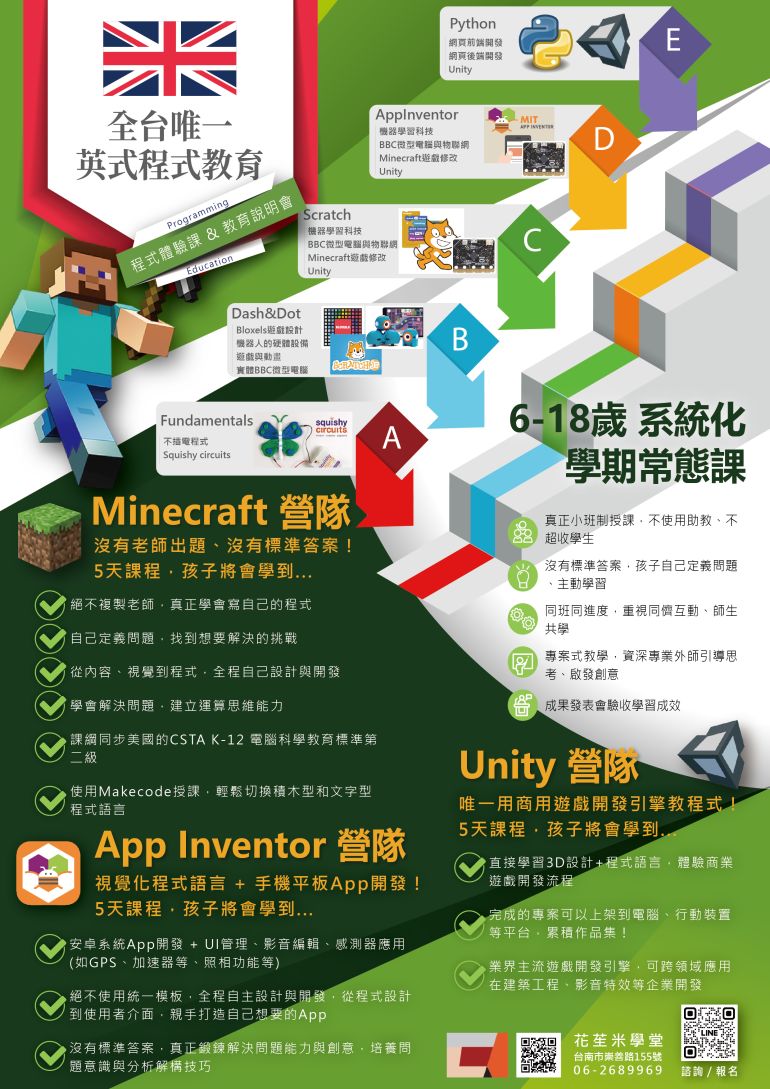What does computational thinking entail?
Computational thinking is defined by the following five skills: algorithmic thinking, evaluation, decomposition, abstraction and generalization. A programmer employs these skills to arrive at solutions when planning and developing software. However, it is clear now that these skills are highly desirable across many non-programming fields and can help us in day to day life as well.
Algorithmic thinking
"I can precisely specify instructions."
A classic example of an algorithm is how to multiply two numbers together. Once we know the sequence of steps and can reliably perform them, it is possible to multiply any two numbers together without having to learn from the beginning. Alternatively, consider giving directions to a friend, if your instructions are unclear or ambiguous then your friend may not be able to find you.
Since a computer blindly follows instructions, it is especially important that those instructions are clear and unambiguous, otherwise the program may exhibit unexpected behaviour - i.e. bugs!
Evaluation
"I can determine the quality of a solution."
There are often many ways to solve a problem and each comes with its advantages and disadvantages. Evaluation allows one to compare solutions and select the solution that represents the best overall compromise. For example, when booking flights there is often a tradeoff between convenience (departure/arrival times and airports), comfort (journey duration) and cost.
Similarly, there exist tradeoffs in the different ways to write a piece of software - one solution may be fast, but require lots of memory, while another solution may exhibit the opposite characteristics. Programmers then evaluate which solution is the best for a particular situation.
Decomposition
"I can split a problem into smaller parts, then solve those seperately."
At first glance, a problem can often appear overwhelmingly complex. Decomposition allows one to split a problem into smaller, simpler parts which are easier to solve. Once these sub-problems are solved, they can be combined to solve the original problem. A day-to-day example would be the kitchen of a busy restaurant, where the preparation of a dish is split between multiple people.
In web applications, such as online banking, the client (your computer) communicates with the bank’s server. Decomposition is applied to split the work between two teams, one developing the client side software and the other the server side. The two parts are then combined into a solution through a well-defined interface which allows the two parts to communicate.
Abstraction
"I can ignore the irrelevant and focus on the important."
Abstraction is one of the main reasons software can be developed so rapidly today. In the past, programmers had to consider the low-level details of a computer, such as the physical hardware and operating system. Today, however, abstractions hide all those details thus allowing a programmer to concentrate purely on their software rather than worrying about the system that will execute it.
Generalization
"I can adapt existing solutions to new situations."
Imagine we had an existing solution for sending the messages “Hello” and “Goodbye” to a friend’s cell phone, but now we wish to add the message “Let’s meet up”. To accomplish this we can generalize from our two existing solutions to arrive at a solution where we can send a message with any text to our friend’s cell phone. We can now use this generalized solution to easily solve the original problem.
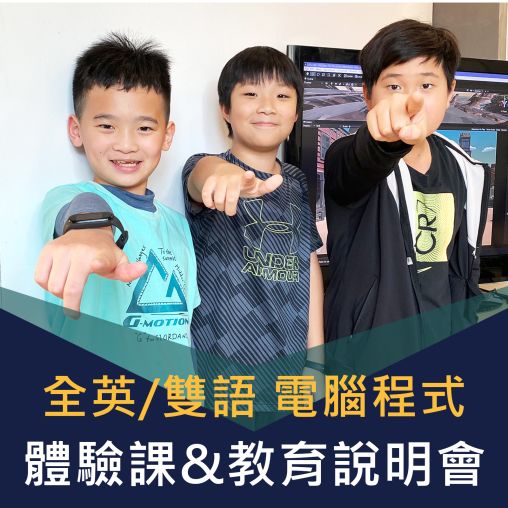
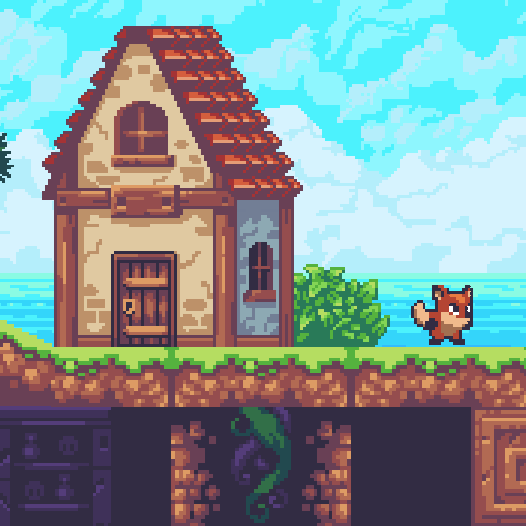
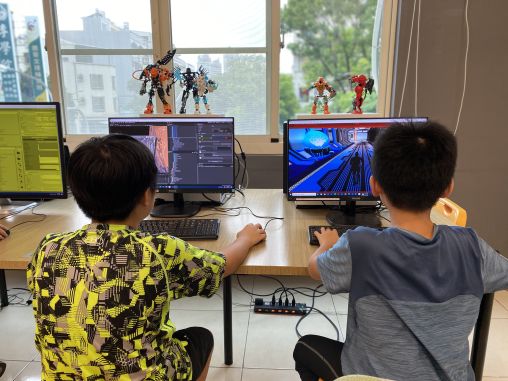
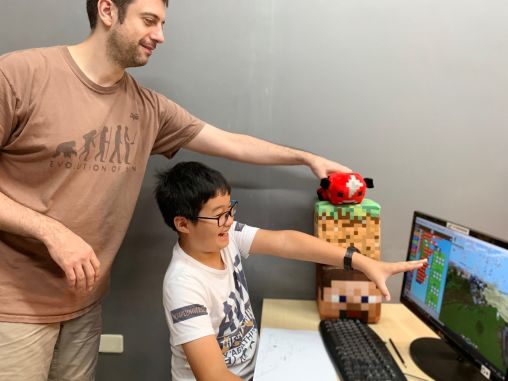
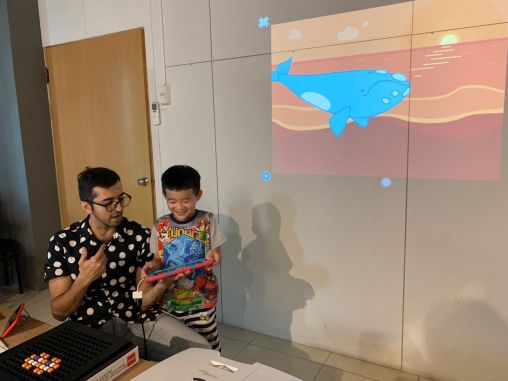
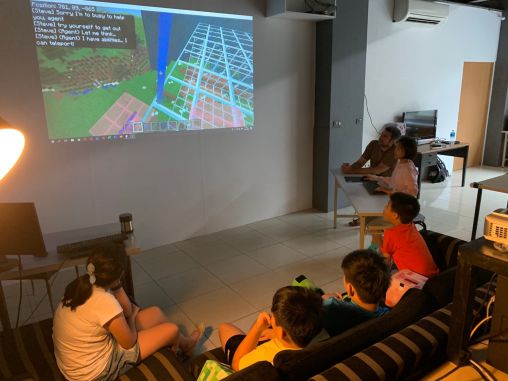
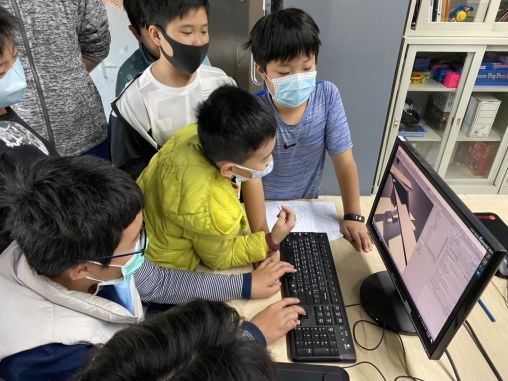
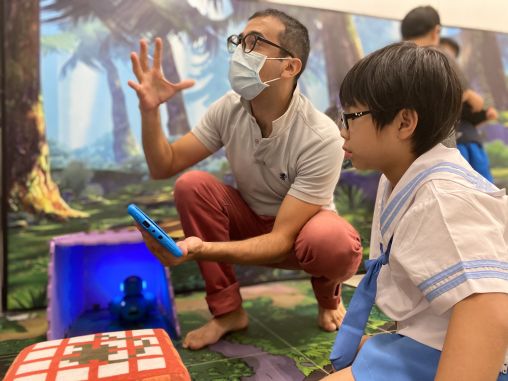
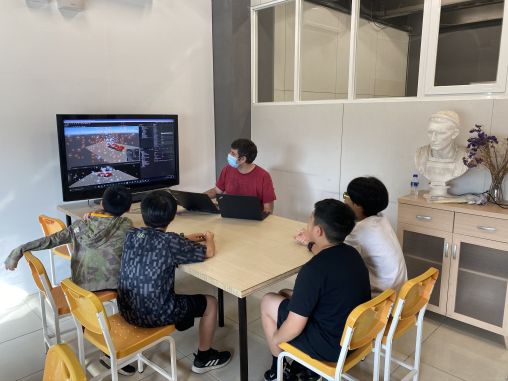
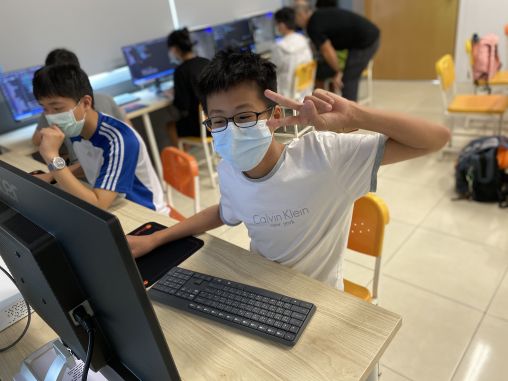
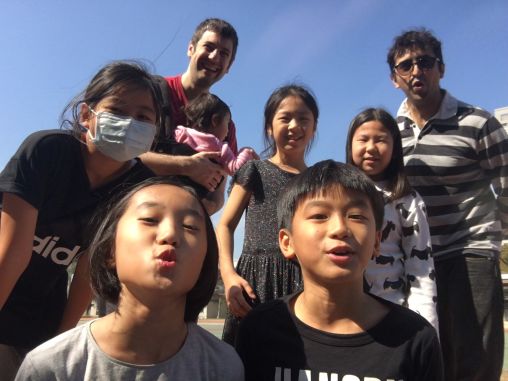
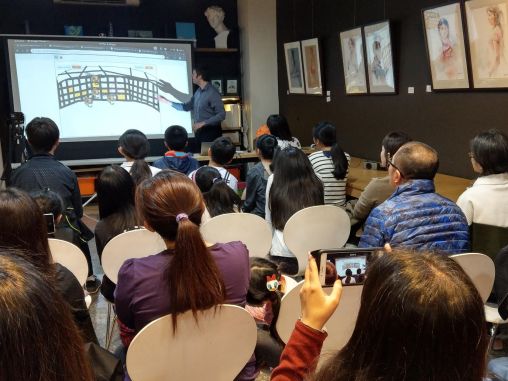
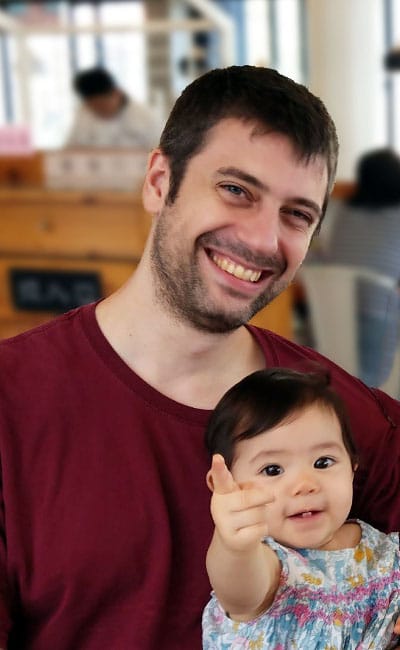


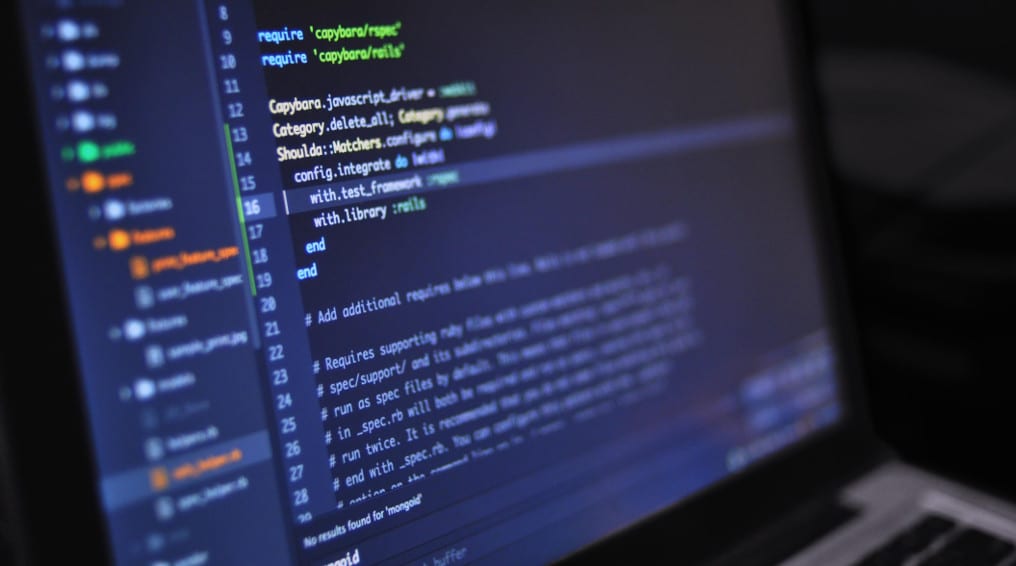
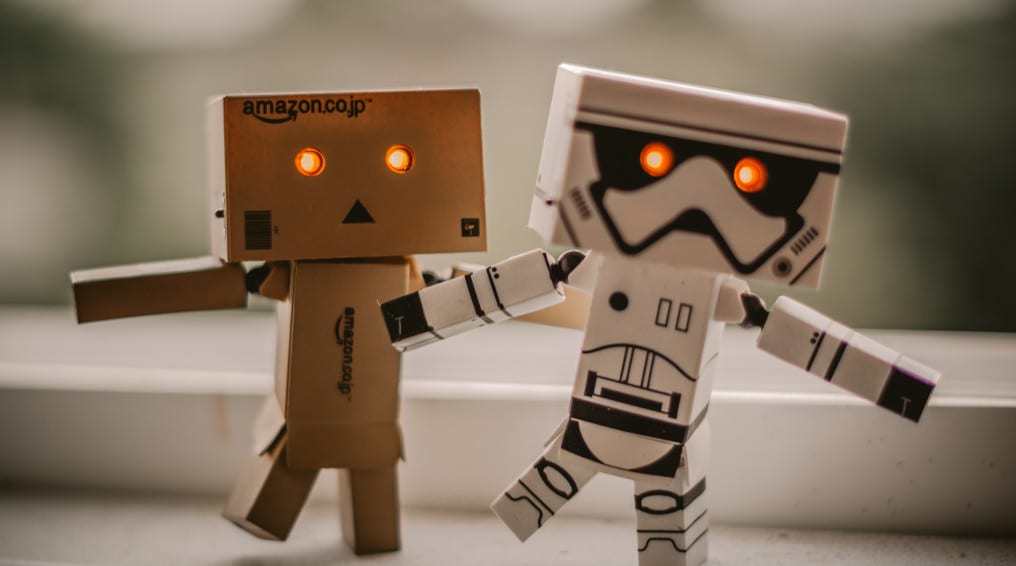



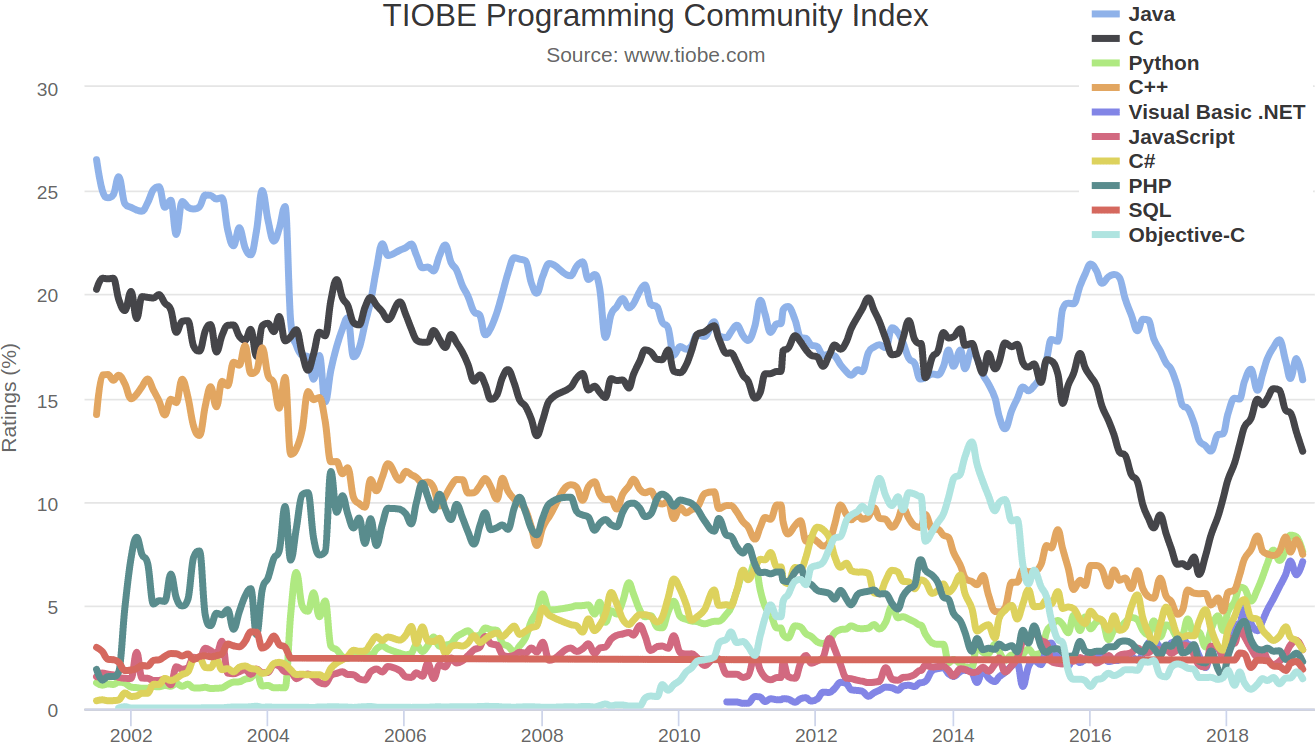
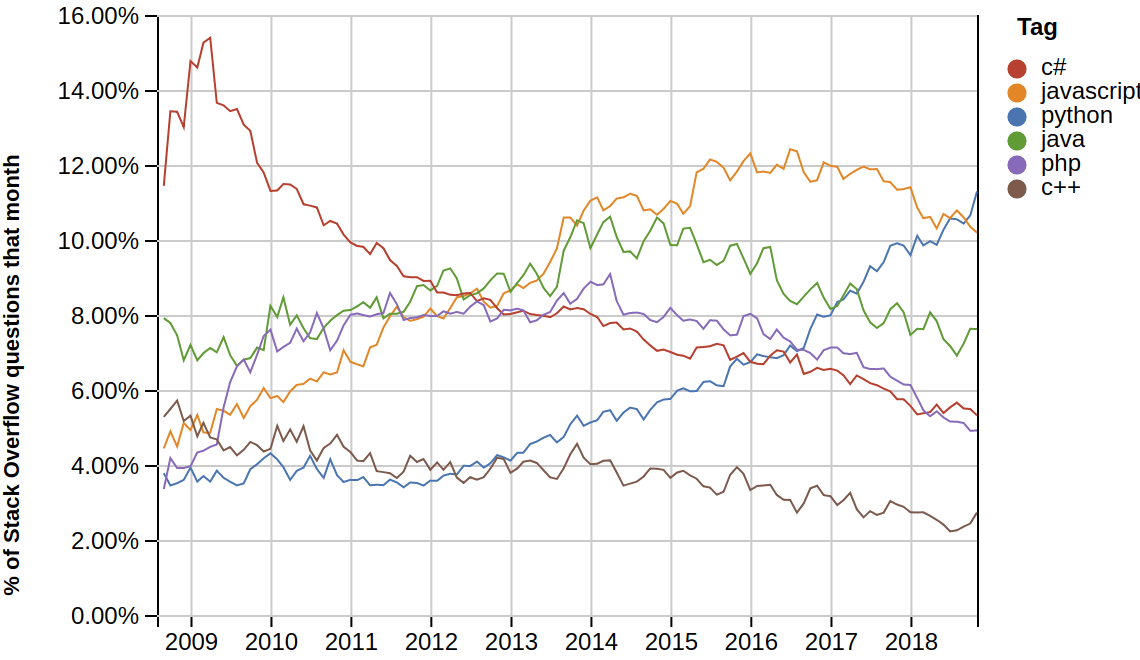
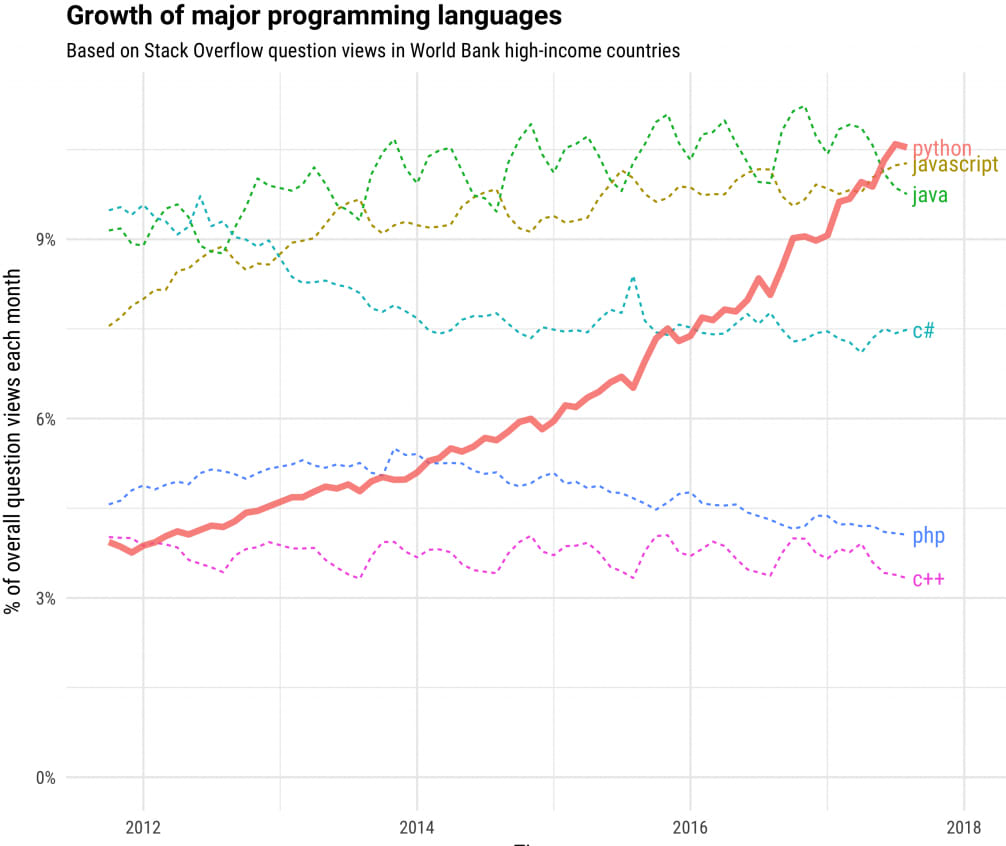
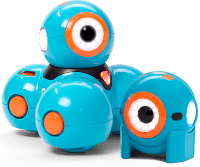 CORE
CORE
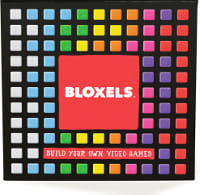 APPLIED
APPLIED
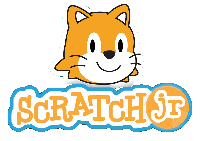 APPLIED
APPLIED
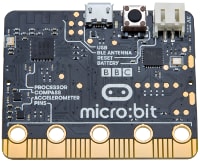 APPLIED
APPLIED
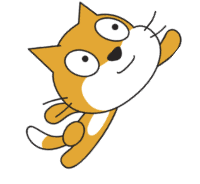 CORE
CORE
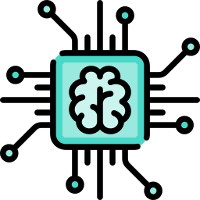 APPLIED
APPLIED
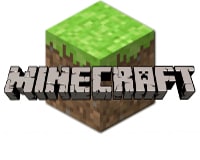 APPLIED
APPLIED
 CORE
CORE
 CORE
CORE
 APPLIED
APPLIED
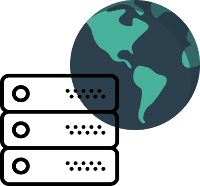 APPLIED
APPLIED
